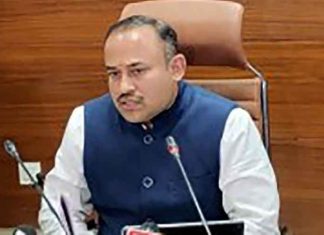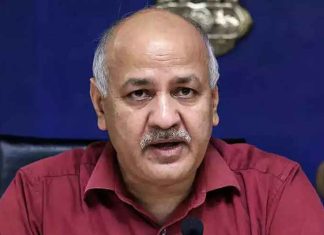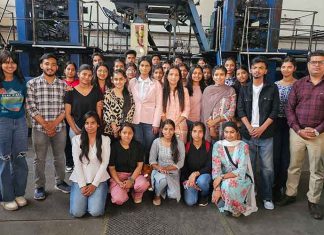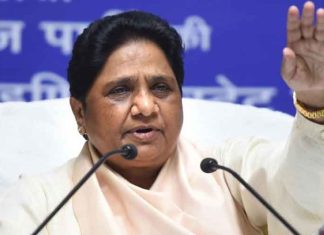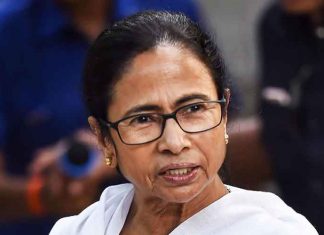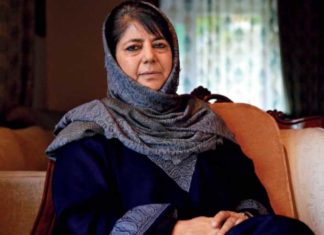New Delhi, Aug 11, 2019-
From just two mobile phone manufacturing units in 2014 to 268 mobile handset and accessories manufacturing units in 2019 which has led to 95 per cent of mobile phones sold in the country being produced domestically, the star in India’s “Make in India” story is indeed shining.
In fact, India is today the second-largest mobile phone manufacturer in the world after China.
“India has achieved tremendous success in mobile phone and component manufacturing in the last four years with more than 95 per cent of domestic consumption now being produced in India,” Pankaj Mohindroo, Chairman, India Cellular and Electronics Association (ICEA), told.
“Our domestic market viz-a-viz domestic manufacturing is saturated and we have set our sights on a target of Rs 7.7 lakh crore of exports by 2025,” he added.
According to a survey conducted by mobile industry body ICEA, the 268 mobile handset and accessories manufacturing units employ about 6.7 lakh people.
So today the phones that most Indians hold in their hands are made in India, thanks mainly to schemes such as Modified Special Incentive Package Scheme (M-SIPS) to provide financial incentives across the ESDM value chain to compensate for cost disability in manufacturing and Electronics Manufacturing Clusters (EMC).
Launched in 2012, the M-SIPS, provides capital subsidy of 25 per cent for electronics industry located in non-SEZ (Special Economic Zone) areas and 20 per cent for those in SEZ areas.
The Electronics Manufacturing Clusters (EMC) scheme, which was also launched in 2012, encouraged entities, including state governments, to provide good quality infrastructure within a cluster.
Under the scheme, 50 per cent of the project cost for Greenfield Electronics Manufacturing Clusters and 75 per cent for Brownfield Electronics Manufacturing Clusters is given as grant.
Due to the focus on “Make in India” and “Digital India” programmes, Uttar Pradesh has emerged as the new hub of mobile manufacturing in the country over the past few years.
In July 2018, Samsung launched the world’s largest mobile factory in Noida. The new facility was set up with the aim of doubling its capacity for mobile phones in Noida from 68 million units a year to 120 million units a year, in a phase-wise expansion to be completed by 2020.
Besides Samsung, most Chinese smartphone makers which now dominate the Indian market – Xiaomi, Oppo and Vivo — also produce their phones in the country. Apple has already started the assembling of iPhone 7 at its supplier Wistron’s facility in Bengaluru.
Production of cellular mobile handsets in volume terms reached 225 million units in 2017-18, as compared to production of 60 million units in 2014-15.
The National Policy on Electronics 2019 has set the aim of promoting domestic manufacturing and export in the entire value-chain of ESDM (Electronics System Design and Manufacturing) for economic development to achieve a turnover of Rs 26 lakh crore by 2025.
This will include targeted production of one billion mobile handsets by 2025, valued at Rs 13 lakh crore, including 600 million mobile handsets valued at Rs 7 lakh crore for export.
India currently has over 450 million smartphone users. The number of smartphone users in the country is expected to reach 859 million by 2022, according to an ASSOCHAM-PwC joint study. (Agency)







